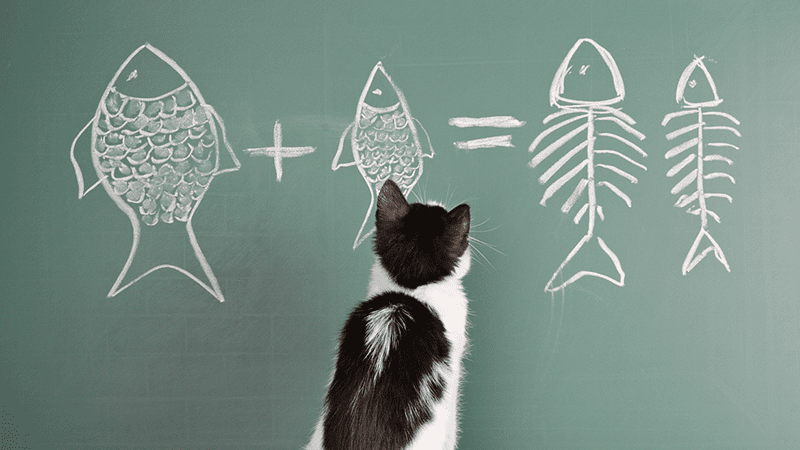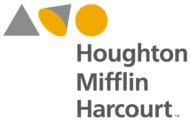If you’ve ever struggled to keep your students’ attention during your middle or high school algebra and geometry classes, you know just how important it is to mix it up a bit with creative teaching ideas. Thomas Edison said, “Opportunity is missed by most people because it is dressed in overalls and looks like work.” So here is your chance to dress your lessons up in some fancy finery that looks more like a game, a work of art, or a barrel of laughs. The best thing about these out-of-the-box math ideas is that your students will learn the same important skills that they might have overlooked on the pages of their math textbooks.
1. Use engaging videos.
If the popularity of cute cat videos is any indication of the power of video to engage just about everyone, then using YouTube videos in your math class should be a no-brainer. Here’s a great example of how a video can make a concept such as slope make sense and come to life.
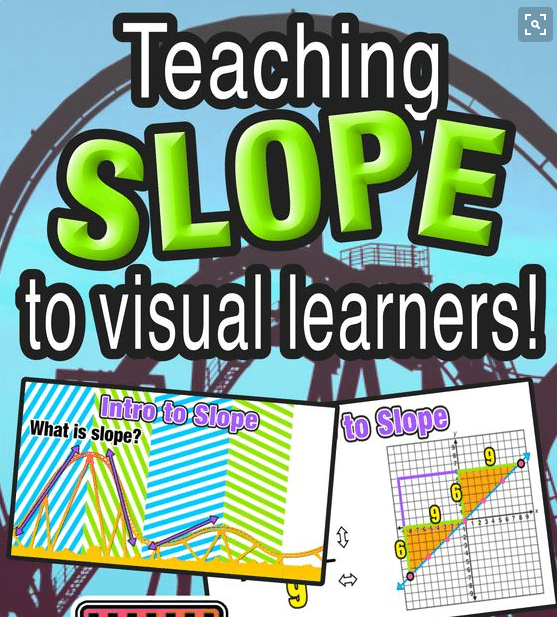
2. Add an artistic component for a STEAM approach.
Your artistic and visually minded students will appreciate math lessons that allow their creativity to play a colorful role. This Mandala Math template combines art, math, and meditation in a way that will give each student practice measuring, using a compass, calculating radius and circumference, and expressing their individuality.
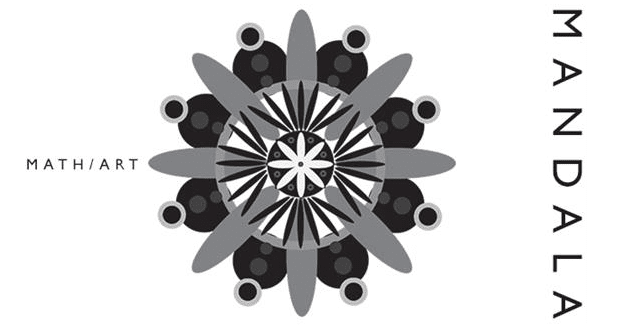
3. Connect your students with a personal math trainer.
Because every brain is different and each student processes and understands material in his or her own specific way, the idea of a personal math trainer makes a lot of sense. That is exactly what AGA Math has created with its set of digital tools that create a completely customized experience for each learner. The Personal Math Trainer powered by Knewton feature, or one of the other digital features, offer unlimited practice, real-time feedback, and a variety of question types and learning aids to help teach Algebra, Geometry, and Algebra 2. The Personal Math Trainer also automatically grades homework and generates reports so teachers can tailor instruction to meet students’ needs.
4. Make it a game!
Competitive game formats can be a great way to help students review their understanding of concepts, formulas, math vocabulary, and more. SuperTeacherTools makes it easy to create “Jeopardy” style games, “Who Wants to Be a Millionaire” multiple-choice games, and “Speed Match” games using your own content. We also like this low-tech dice game that is a great way for pairs of students to practice calculating area.
5. Enter the world of reality TV.
Several high school math bloggers have found great success simulating the “survival of the fittest” competitions similar to reality TV show scenarios. Survivor Algebra from coolmath.com was created by a former mathphobe who has been able to transform his struggling math students with this collaborative game format. Here is another take on the Survival of the Fittest idea where everyone in the class needs to know the material because their survival depends on it!
6. Use real-world examples.
If your students dare to question the purpose of all those figures and formulas, race over to this site, filled with practical math problems for all grades based on real-world examples.
7. Make ’em laugh.
A shot of humor at the beginning of class can go a long way toward keeping your students engaged and learning. Laughter not only reduces stress, it also releases endorphins, the body’s natural feel-good chemical. Want your students to feel good about your class? Pull from these algebra and geometry math memes and cartoons to post at the beginning of every lesson.

Why not toss in a cute cat visual every now and then while you’re at it!
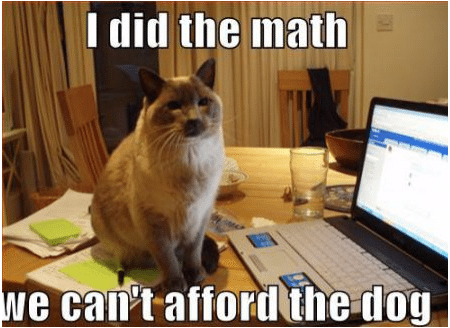
8. Use word walls.
Chances are that your students were brought up in cozy elementary classrooms surrounded by colorful walls filled with theme-based decorations. We think that these Word Wall visual reminders for your algebra and geometry classroom walls are the perfect, aged-up version of those comforting learning aids from days past.

Want more fun, out of the box ideas for teaching algebra and geometry? Visit HMH Mathematics to learn about their AGA math curriculum.

